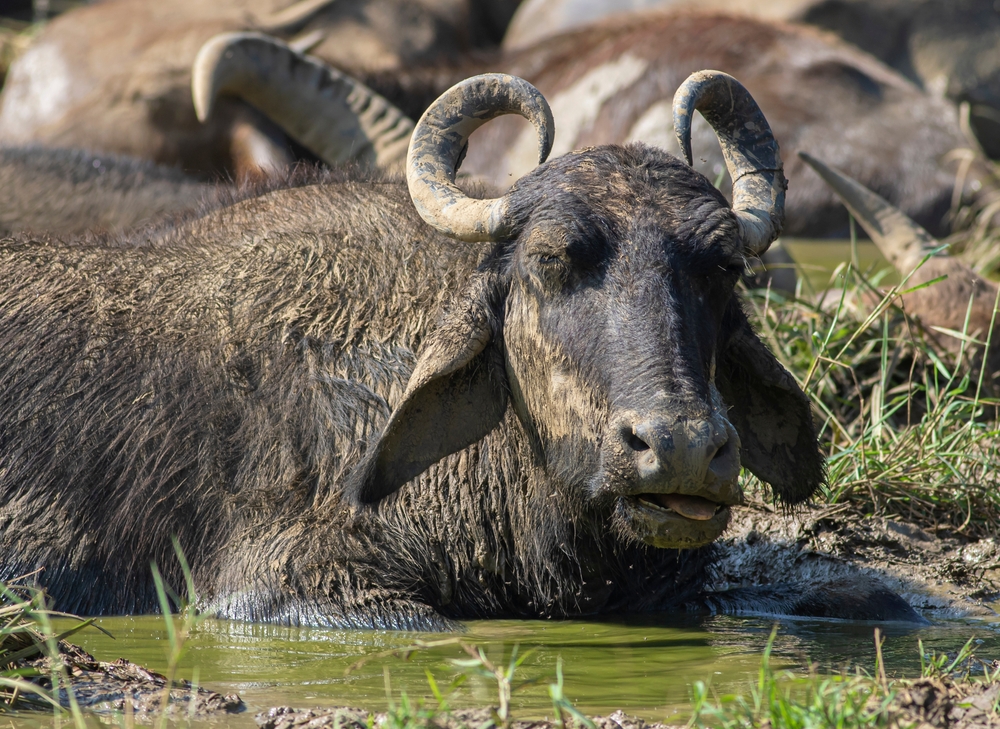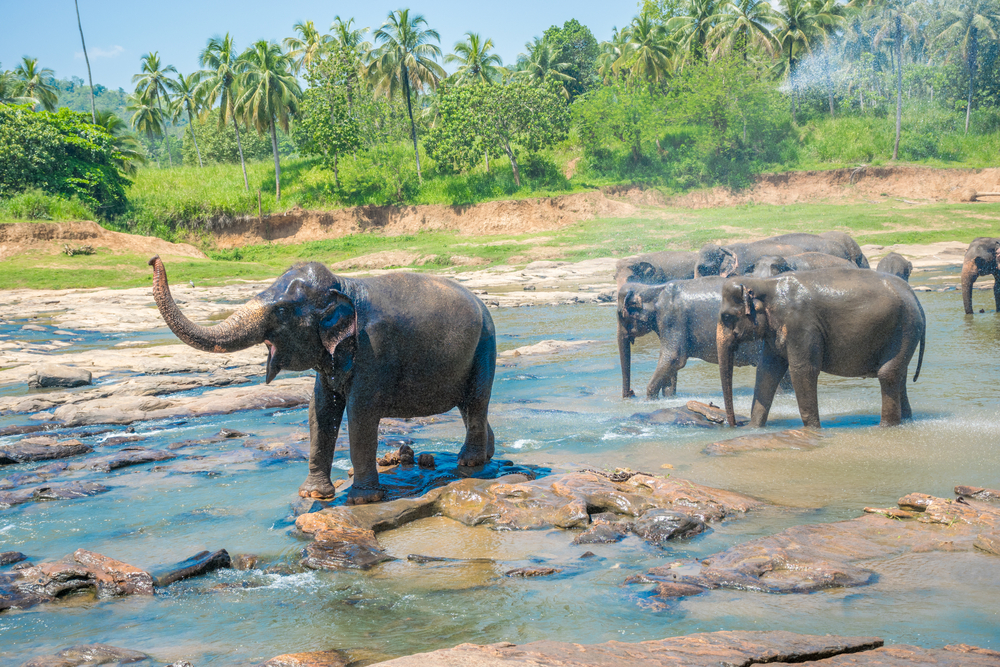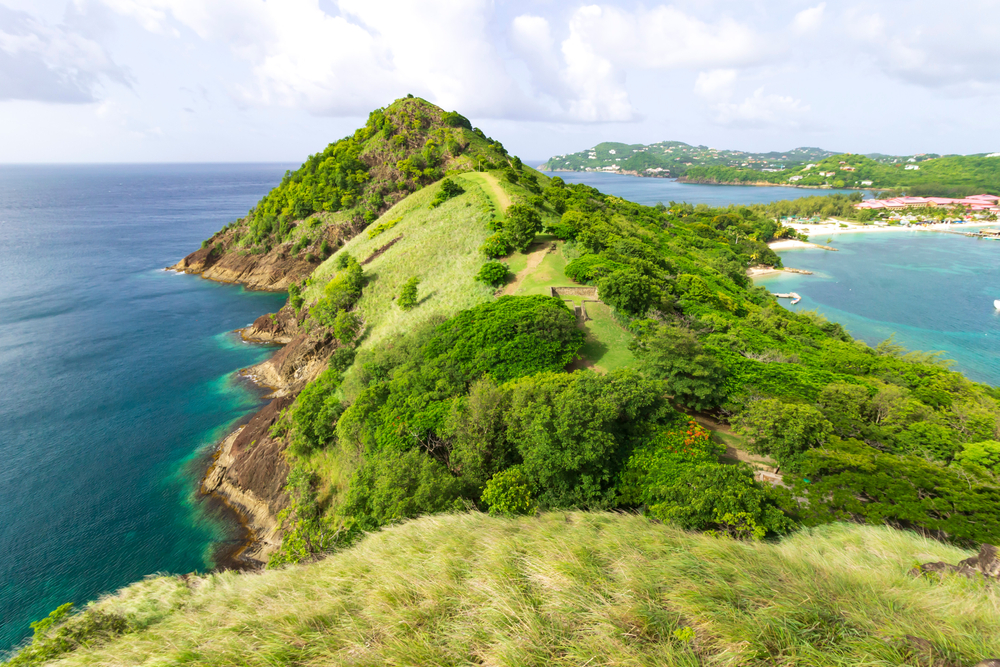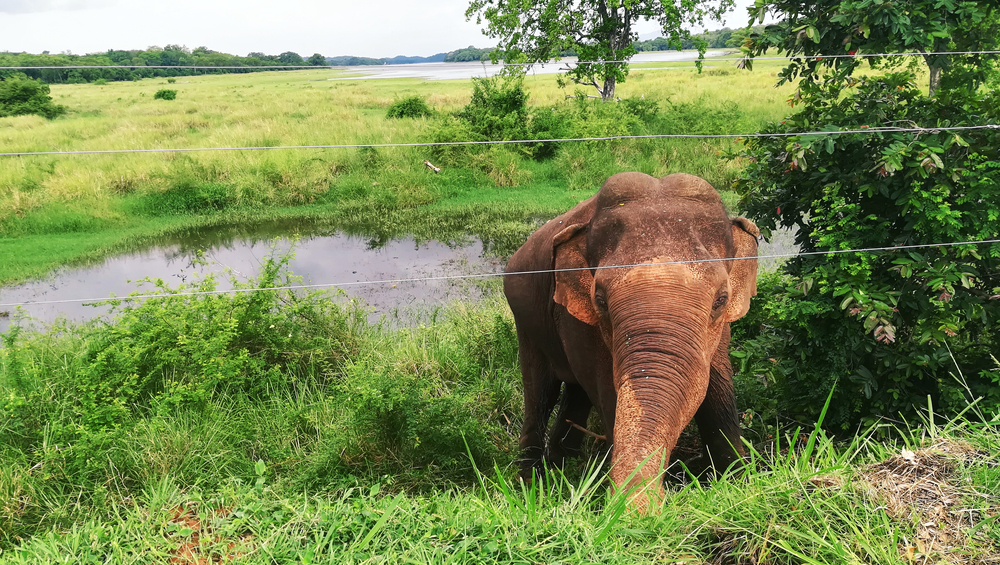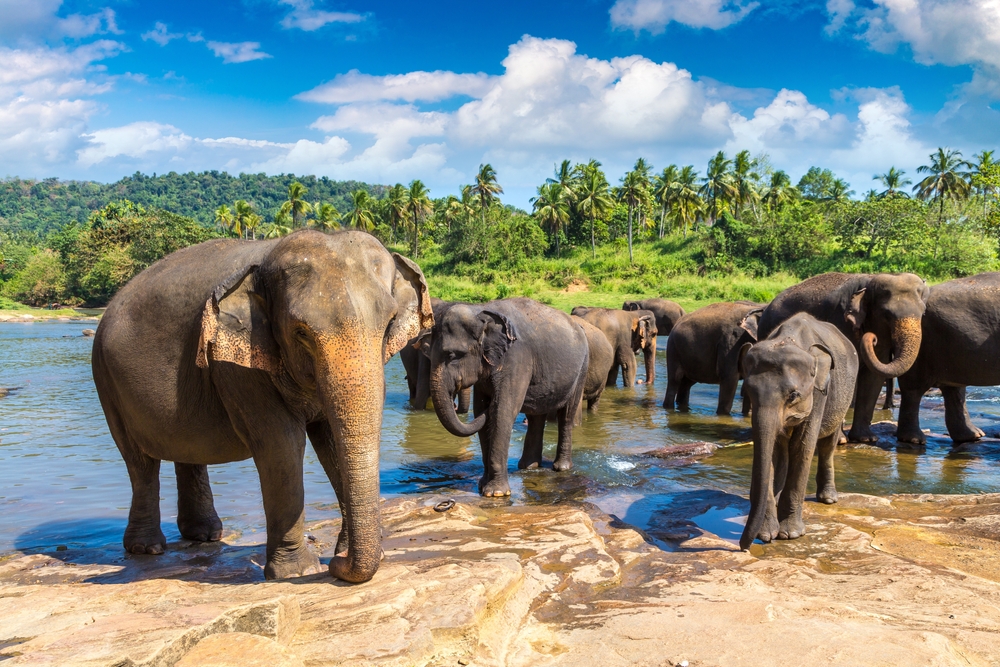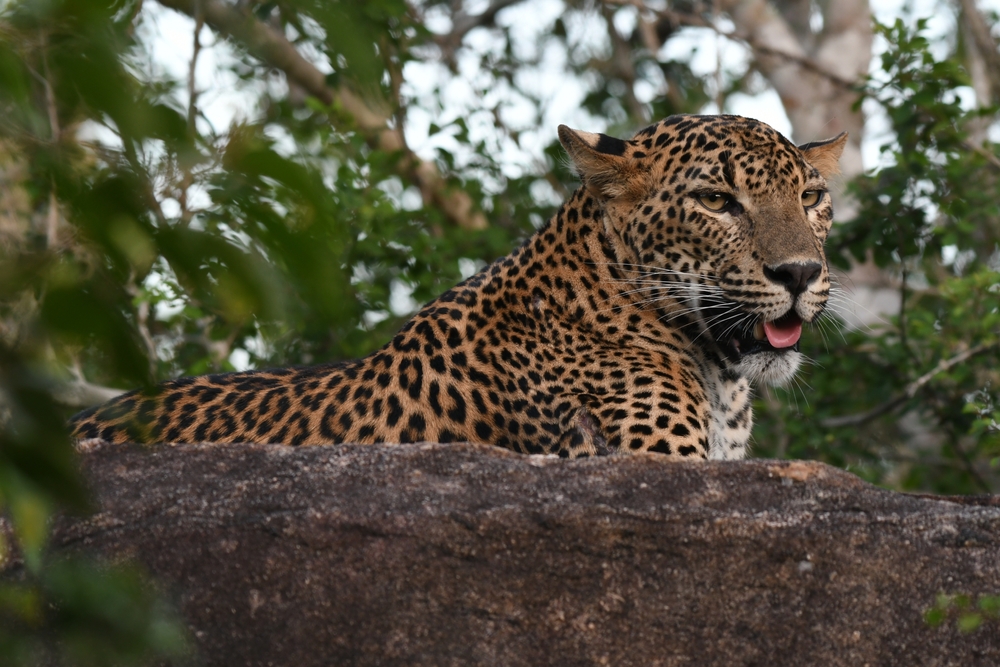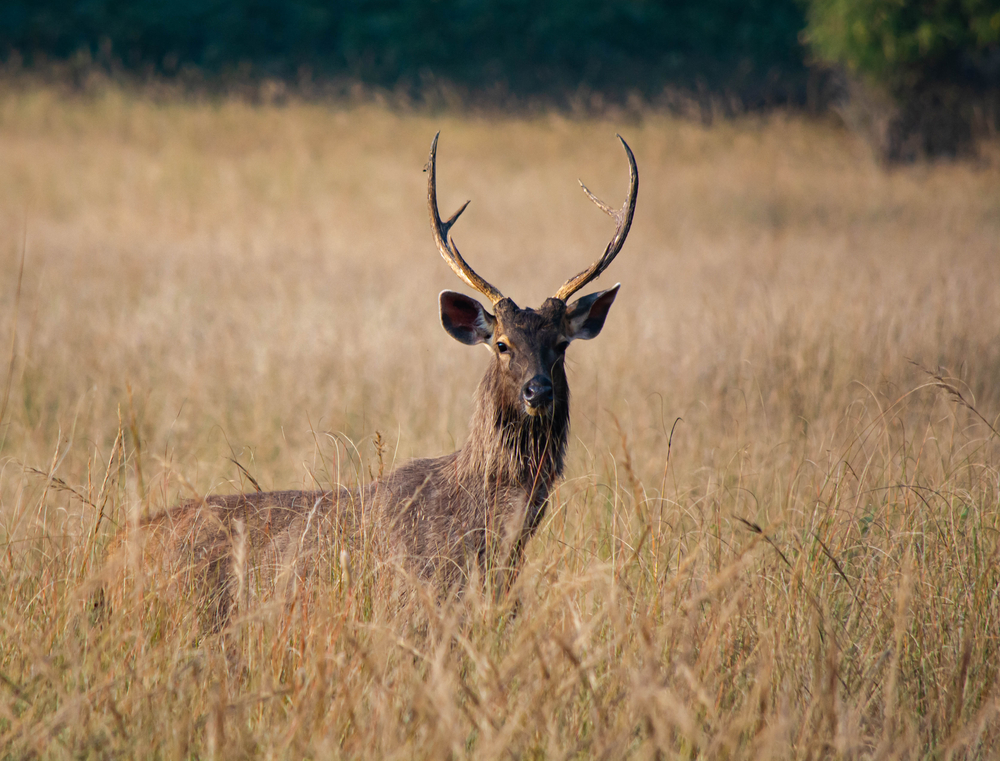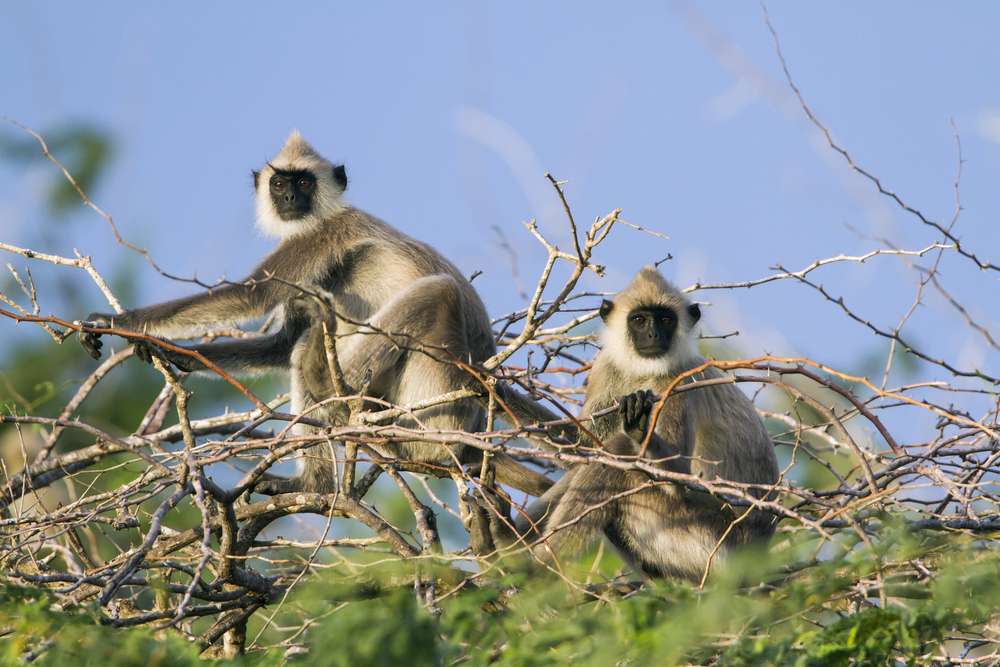Udawalawe Overview
Udawalawe National Park, locally known as උඩවලව ජාතික උද්යානය in Sinhala, is a celebrated wildlife sanctuary located in the southern part of Sri Lanka. Covering an area of approximately 119 square miles (308 square kilometers), this park is a haven for nature enthusiasts and wildlife photographers. It lies within the Sabaragamuwa and Uva Provinces and is centered around the Udawalawe Reservoir, providing both natural beauty and critical water resources for its flora and fauna.
The terrain of Udawalawe National Park is a blend of open grasslands, marshes, and scrublands interspersed with occasional pockets of dense forests. This diverse landscape is largely the result of the area’s conversion from farmland and its subsequent designation as a protected zone in 1972. The park features striking geological elements, including the Walawe River, which nourishes the lush vegetation and supports the thriving wildlife. The centerpiece, the Udawalawe Reservoir, creates a dramatic backdrop to the otherwise arid expanse, particularly during the golden hours of dawn and dusk.
The park is most famous for its large population of Asian elephants (Elephas maximus maximus), which can often be observed in herds of varying sizes, making it one of the best places in the world to see these gentle giants in their natural habitat. Other mammals include leopards, sloth bears, sambar deer, wild boars, and the endemic toque macaque. Bird enthusiasts will be delighted by the rich avifauna, with species such as the Sri Lanka grey hornbill, serpent eagle, and various waterbirds gracing the skies and wetlands. The reservoir attracts migratory birds like the painted stork and the spot-billed pelican, making it a year-round birding hotspot.
Popular features of the park include the Elephant Transit Home, where orphaned elephant calves are cared for before being reintroduced into the wild. Visitors can also enjoy the mesmerizing landscapes of the reservoir, especially during sunrise and sunset. The rich biodiversity, along with easy accessibility from major towns like Ratnapura and Hambantota, makes Udawalawe a favorite destination for both local and international travelers.
Safaris are the most common way to experience the park, with jeeps available for guided tours. These excursions often last for a few hours, providing an intimate look at the diverse wildlife and ecosystems. Photographers and nature lovers find the park especially rewarding, as it offers numerous opportunities for close encounters with animals in their natural surroundings. Additionally, birdwatching enthusiasts often visit with specialized guides to spot rare and migratory species.
Udawalawe faces conservation challenges, particularly from human-wildlife conflicts as surrounding communities expand their agricultural activities. However, the park has made notable strides in conservation efforts, including the success of the Elephant Transit Home and initiatives to educate the public on coexisting with wildlife. The management’s efforts to sustain the delicate balance between conservation and tourism ensure that the park remains a pristine refuge for future generations.








































































